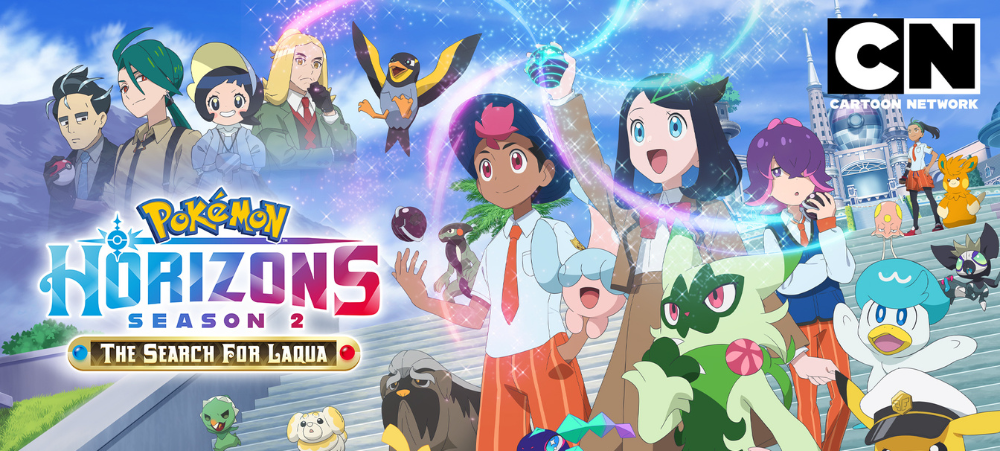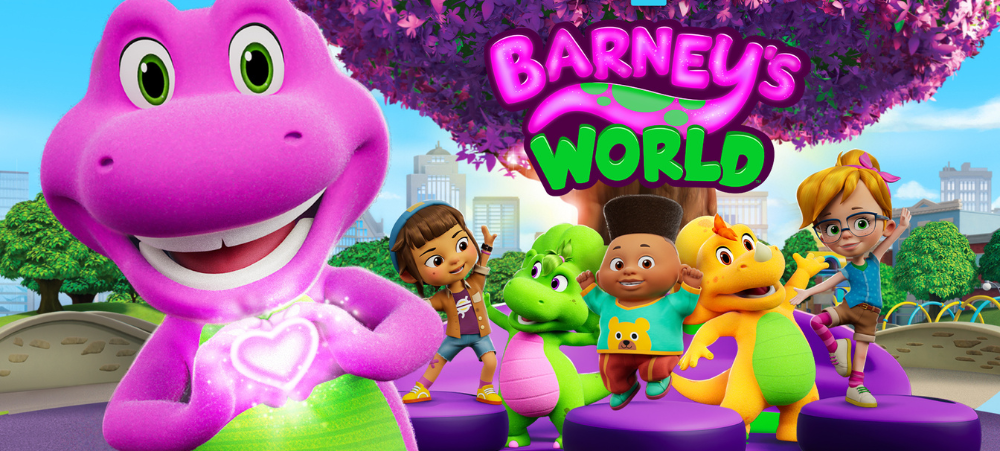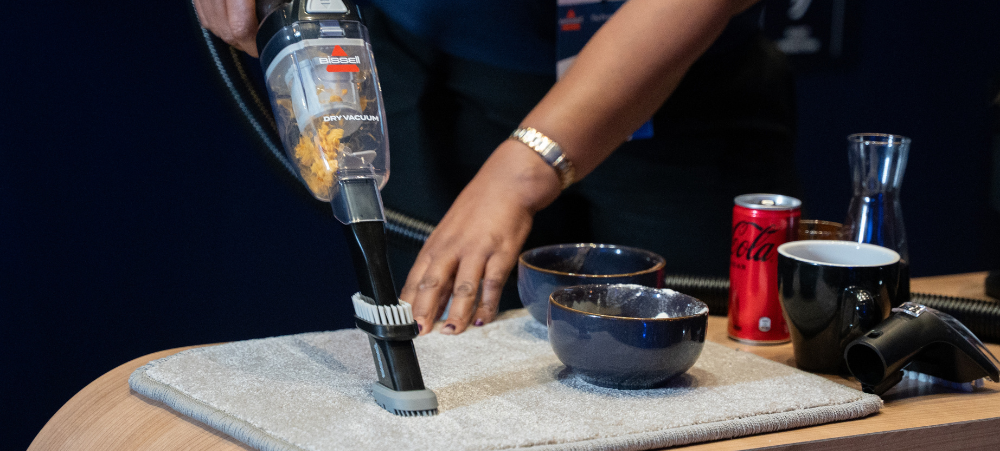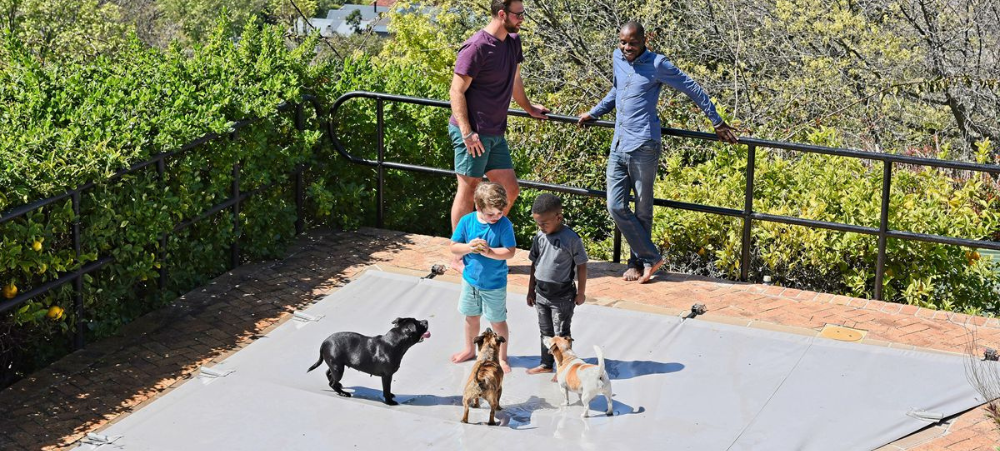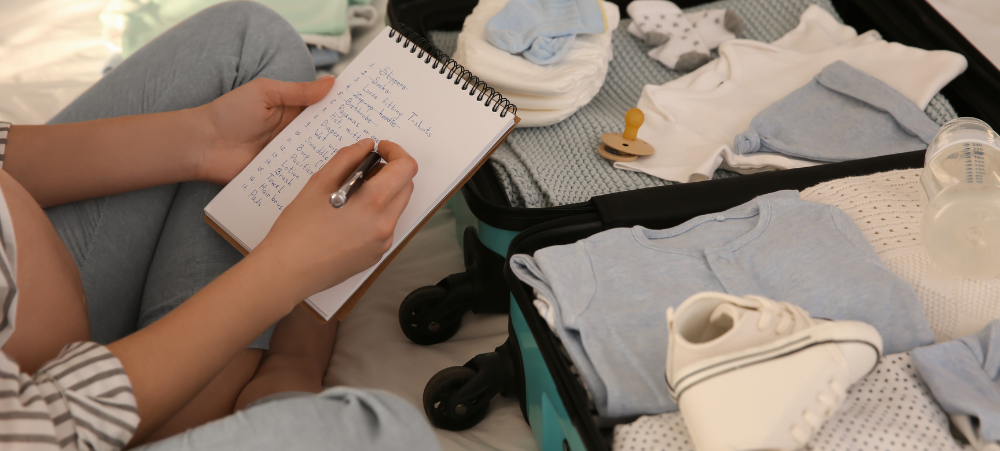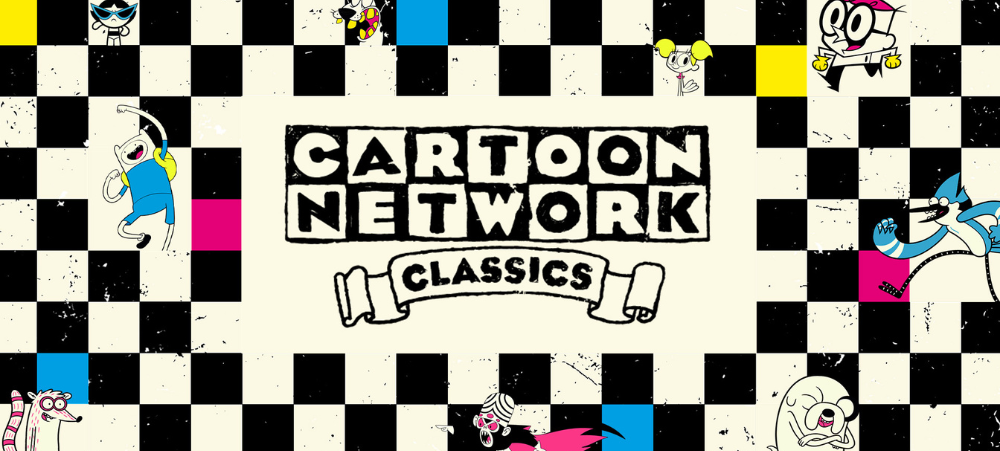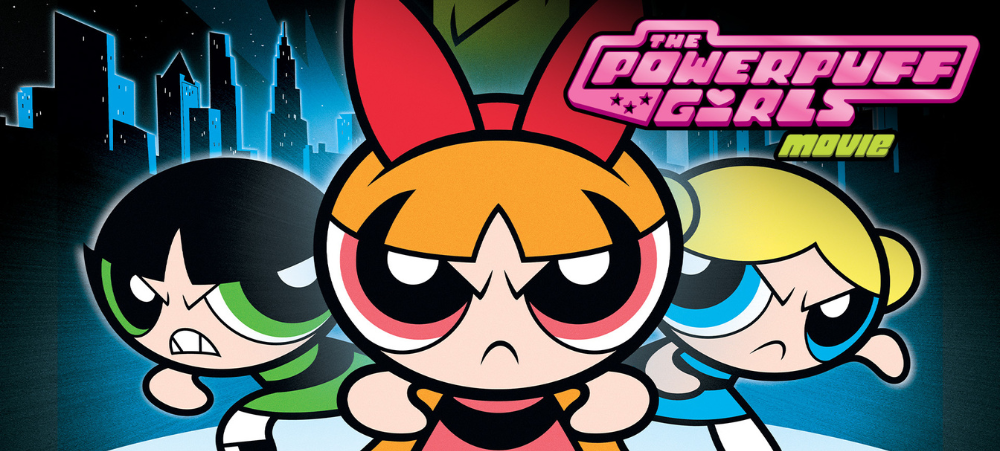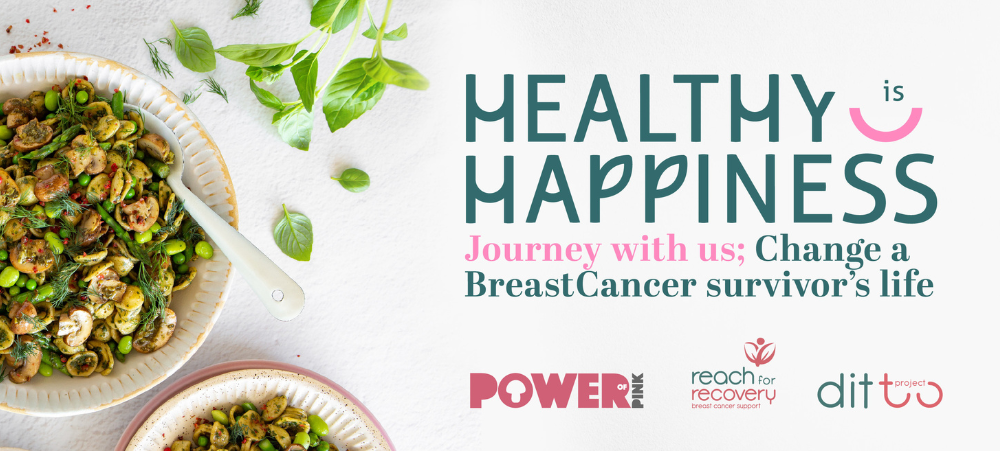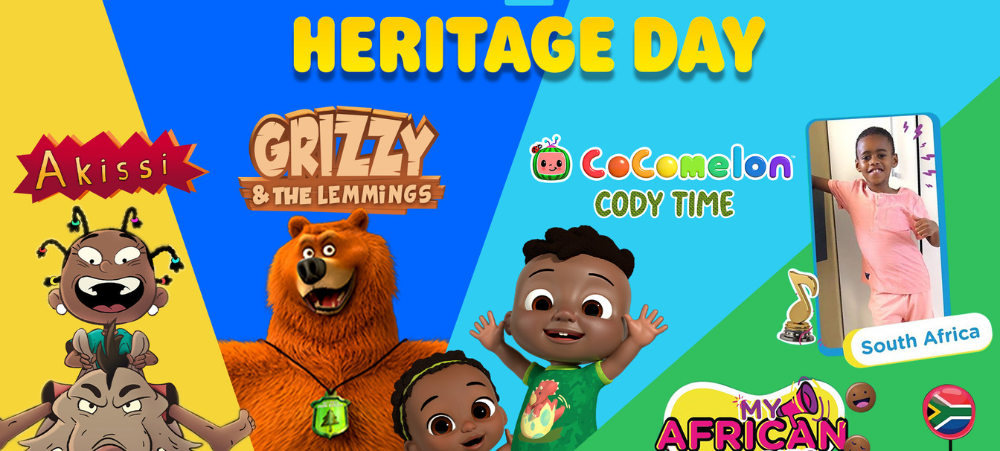Did you know that spring is often referred to as the “season of hope”? Seeing nature come back to life after months of icy temperatures, strong winds, and rain serves as a reminder that there is always a chance for new beginnings. Spring is also a time for renewal, for starting afresh and for implementing healthy new habits. For most of us, winter involves some degree of hibernation. Less going out, less socialising and paying less attention to our skin and bodies, which are usually wrapped up in several layers of clothing. Add in low humidity and harsh indoor heating, and many of us are left with dry skin and hair that require some serious TLC. Now that spring is within reach and the season for summer dresses and sandals is near, it’s time to pay a little closer attention to our skin, hair and bodies. Scaly skin, dry hair and cracked heels may be associated with winter, but you don’t need to go into spring looking less than your best. Here’s how to easily (and affordably!) put your spring glow-up in motion. Get your feet sandal-ready After months of socks, boots and sneakers, chances are your feet need a little bit of attention before you head outside in your favourite pair of sandals. A good scrub twice a week, followed by a nourishing moisturiser, will go a long way in repairing dry and cracked skin. Citrusway Exfoliating Sugar Foot Scrub softens and smooths the skin while removing dead skin cells. Gently massage the scrub into your feet in circular motions, paying special attention to drier areas. Next, apply Citrusway Foot Restoration Cream. With its antibacterial properties, this moisture-rich solution helps soften dry, cracked heels while rejuvenating the skin. Apply daily to get your feet sandal-ready. Smell fresh as daisies With the weather warming up, you’ll need to be more diligent about applying your deodorant every morning. Spring is the perfect time to switch from your more decadent, woody scents to fresh and floral alternatives. Stay fresh all day long without exposing your skin to potentially harmful ingredients like aluminium, with Earthsap’s range of natural Roll-ons. Made from pure and simple ingredients, these roll-ons won’t harm or irritate your skin. Floral enthusiasts will love the Wild Rose & Vanilla scent, while those who prefer a clean, fresh scent will adore Tea Tree & Lemon. Slough off dry skin cells Because our skin is covered in winter and we aren’t as diligent about exfoliating and moisturising as usual, there may be a build-up of dead skin cells by the time spring arrives. This can lead to clogged pores, ingrown hair, flakiness and a dull appearance. Incorporate a body scrub into your routine, and be diligent about gently exfoliating your body twice a week. Best applied with a mitt or loofah, gently massage the product into your skin in circular motions, from bottom to top, moving in the direction of your heart. This helps promote circulation and lymphatic drainage. Bodylab Vitamin C Exfoliating Salt Scrub contains hyaluronic acid for hydration and vitamin C for radiance. The fine crystals slough off dry and dead skin cells to promote softer, smoother and more luminous skin. Restore your skin barrier The outermost layer of our skin is known as the skin barrier, and it acts as a protective shield, preventing harmful bacteria and substances from entering the body. Cold and dry air, as well as indoor heating, can weaken the skin barrier, resulting in difficulty retaining moisture and preventing irritants from entering the body. This can lead to dryness, redness, itching, discomfort, and sensitivity. At the end of winter, your skin likely needs a moisture boost, but if your barrier is compromised, it may need some help locking that moisture in. Invest in a quality serum and moisturiser that contains healing and hydrating ingredients, such as SKNLogic Hydrating Serum and Derma Repair Balm. The Hydrating Serum offers an immediate moisture boost thanks to hyaluronic acid, argan oil, olive oil, grape seed oil and more. The lightweight formula works quickly, saturating the skin for intense hydration. The Derma Repair Balm was specifically designed to restore dry, damaged skin while deeply hydrating it. It contains a host of nourishing natural ingredients, including prickly pear extract, jojoba, and shea butter. It soothes, protects and heals. Hydrate on the go As we transition into spring, your skin may need a little pick-me-up throughout the day. A refreshing facial mist is just the answer. It moisturises, soothes, and refreshes the skin, while also cooling on a hot or humid day. SOiL recently launched its debut skincare collection, and its range of Face Mists (with certified organic essential oils) not only benefits the skin but also acts as a mood lifter. SOiL Facial Mists are available in four variants: Rose Blossom, Lavender, Rosemary, and Rose Geranium. Rejuvenate your hair There is nothing quite like dry, cold air and wind to wreak havoc on your hair. The humidity is ultra-low during winter, which means there is very little moisture in the air for your hair to draw from. That means drier hair and a bigger likelihood of breakage and split ends. For straight and wavy hair in need of some TLC, try the Two Oceans Argan Oil Collection. Enriched with castor oil and argan oil, the products are rich in vitamins E, A, C and F to revive hair from root to tip and minimise frizz. Start by cleansing with the Two Oceans Argan Oil Shampoo, then follow with the Conditioner. For hair in need of a little extra nourishment, apply a few drops of the Argan Oil Serum before blow-drying. Curly hair is particularly vulnerable to dryness during winter, because the shape of a curl makes it more difficult for the moisturising sebum produced by the scalp to make its way down the hair shaft. By the time spring arrives, curly hair will likely need plenty of additional moisture. If you have a dry scalp or split ends, try applying some Jozi Curls Hair & Scalp Oil directly to your scalp and massage gently. This non-greasy formula moisturises the scalp and hair, adding softness and shine. To moisturise, hydrate





